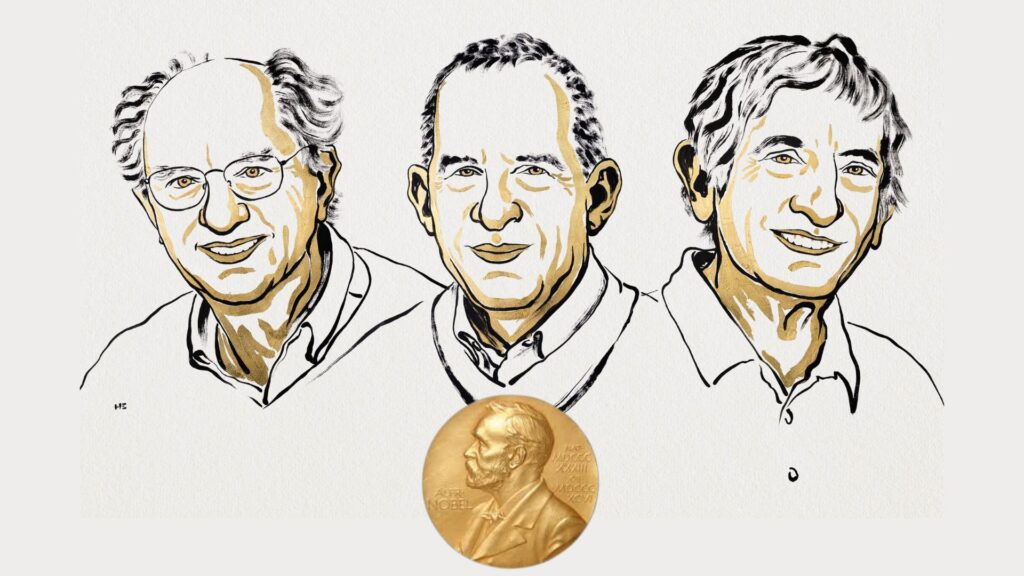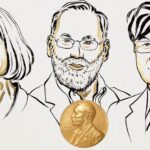About the prize
Physics was the prize area which Alfred Nobel mentioned first in his will from 1895. At the end of the nineteenth century, many people considered physics as the foremost of the sciences, and perhaps Nobel saw it this way as well. His own research was also closely tied to physics.
The Nobel Prize in Physics is awarded by the Royal Swedish Academy of Sciences, Stockholm, Sweden.
Their experiments on a chip revealed quantum physics in action
A major question in physics is the maximum size of a system that can demonstrate quantum mechanical effects. This year’s Nobel Prize laureates conducted experiments with an electrical circuit in which they demonstrated both quantum mechanical tunnelling and quantised energy levels in a system big enough to be held in the hand.
This year’s Nobel Prize in Physics has provided opportunities for developing the next generation of quantum technology, including quantum cryptography, quantum computers, and quantum sensors.
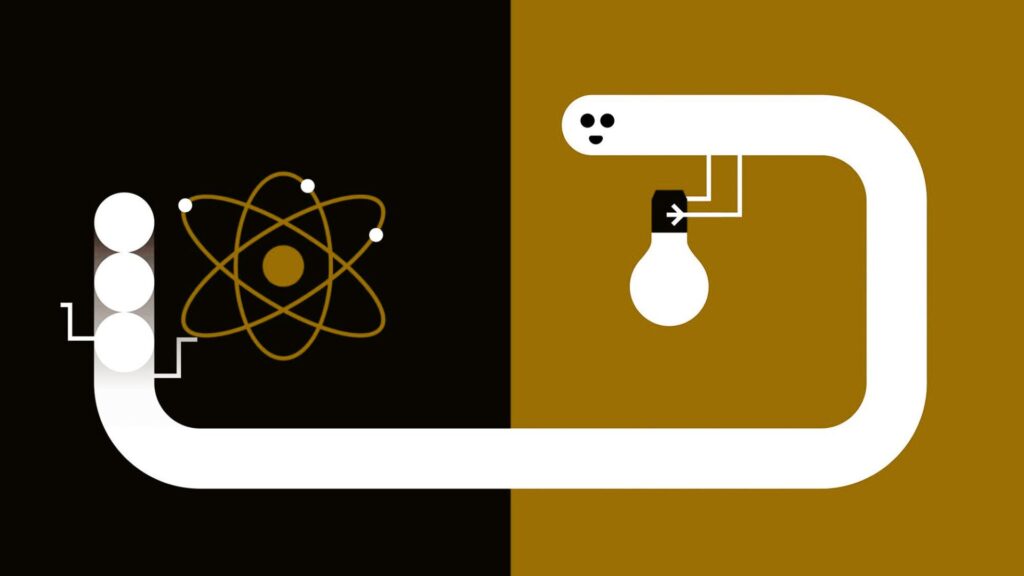
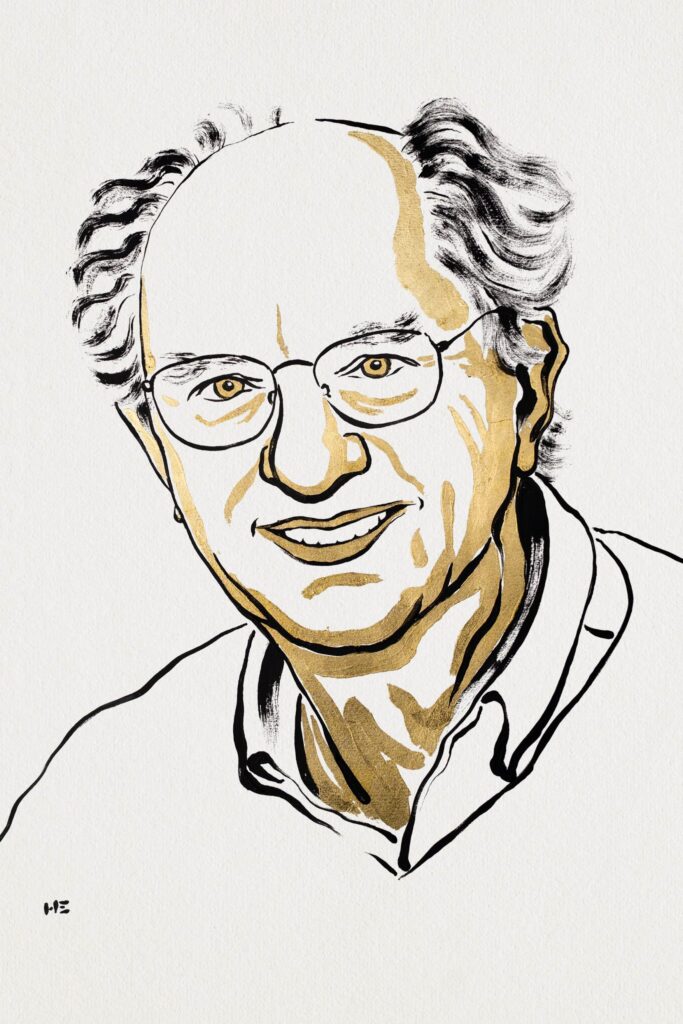
John Clarke
Nobel Prize in Physics 2025
Born: 1942, Cambridge, UK
Affiliation at the time of the award: University of California, Berkeley, CA, USA
Prize motivation: “for the discovery of macroscopic quantum mechanical tunnelling and energy quantisation in an electric circuit”
Prize share: 1/3
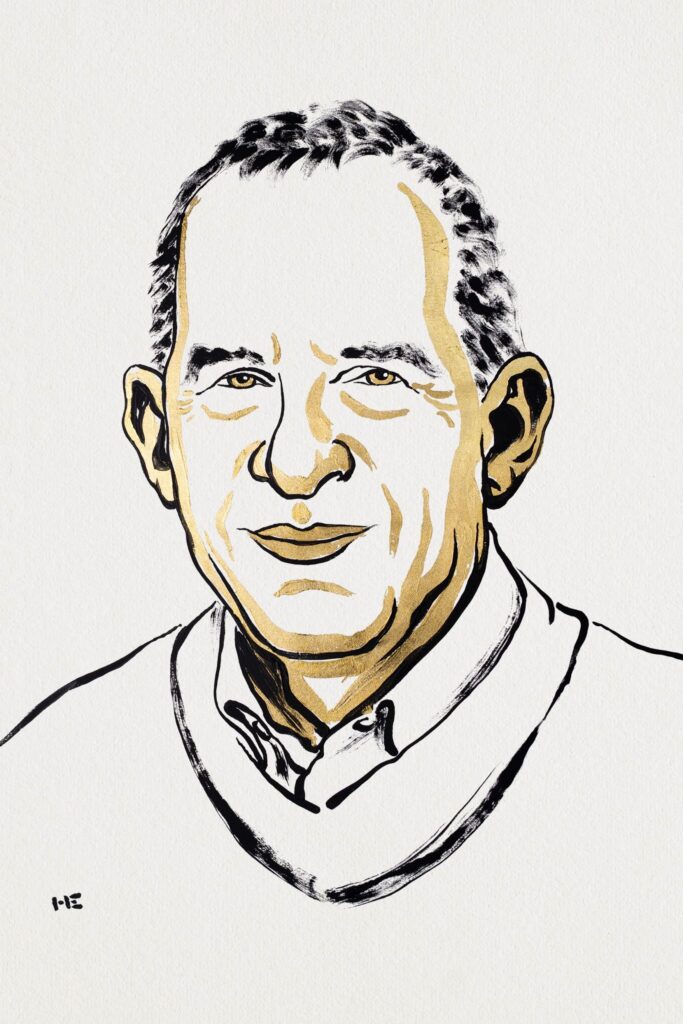
Michel H. Devoret
Nobel Prize in Physics 2025
Born: 1953, Paris, France
Affiliation at the time of the award: Yale University, New Haven, CT, USA; University of California, Santa Barbara, CA, USA
Prize motivation: “for the discovery of macroscopic quantum mechanical tunnelling and energy quantisation in an electric circuit”
Prize share: 1/3
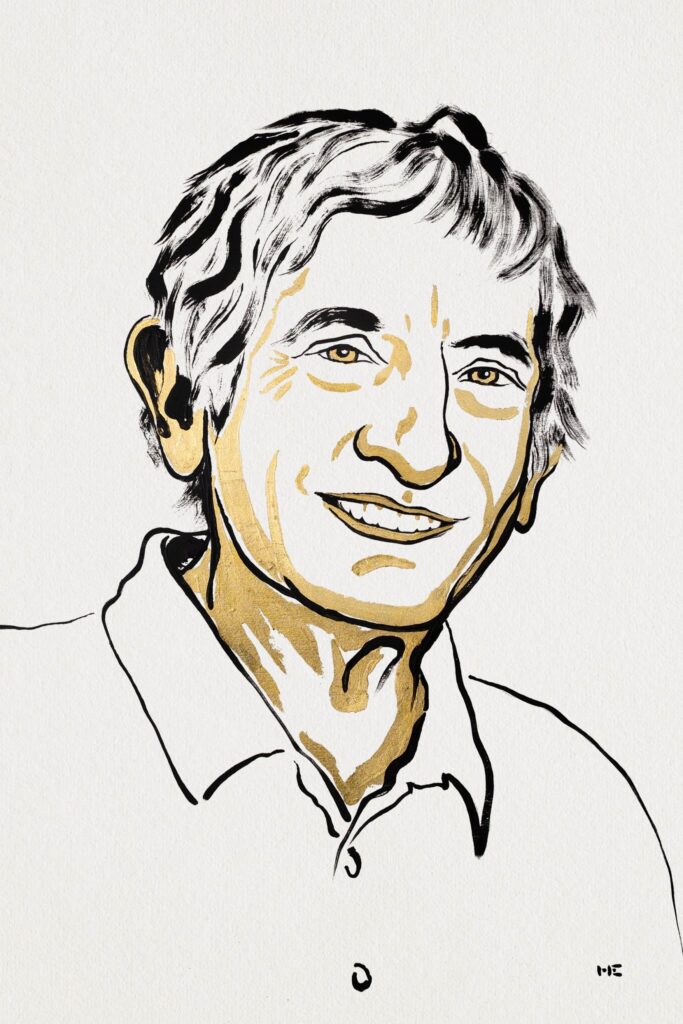
John M. Martinis
Nobel Prize in Physics 2025
Born: 1958
Affiliation at the time of the award: University of California, Santa Barbara, CA, USA
Prize motivation: “for the discovery of macroscopic quantum mechanical tunnelling and energy quantisation in an electric circuit”
Prize share: 1/3
The 2025 physics laureates
The Royal Swedish Academy of Sciences has decided to award the Nobel Prize in Physics 2025 to John Clarke, Michel H. Devoret, John M. Martinis “for the discovery of macroscopic quantum mechanical tunnelling and energy quantisation in an electric circuit.”
The laureates used a series of experiments to demonstrate that the bizarre properties of the quantum world can be made concrete in a system big enough to be held in the hand. Their superconducting electrical system could tunnel from one state to another, as if it were passing straight through a wall. They also showed that the system absorbed and emitted energy in doses of specific sizes, just as predicted by quantum mechanics.

